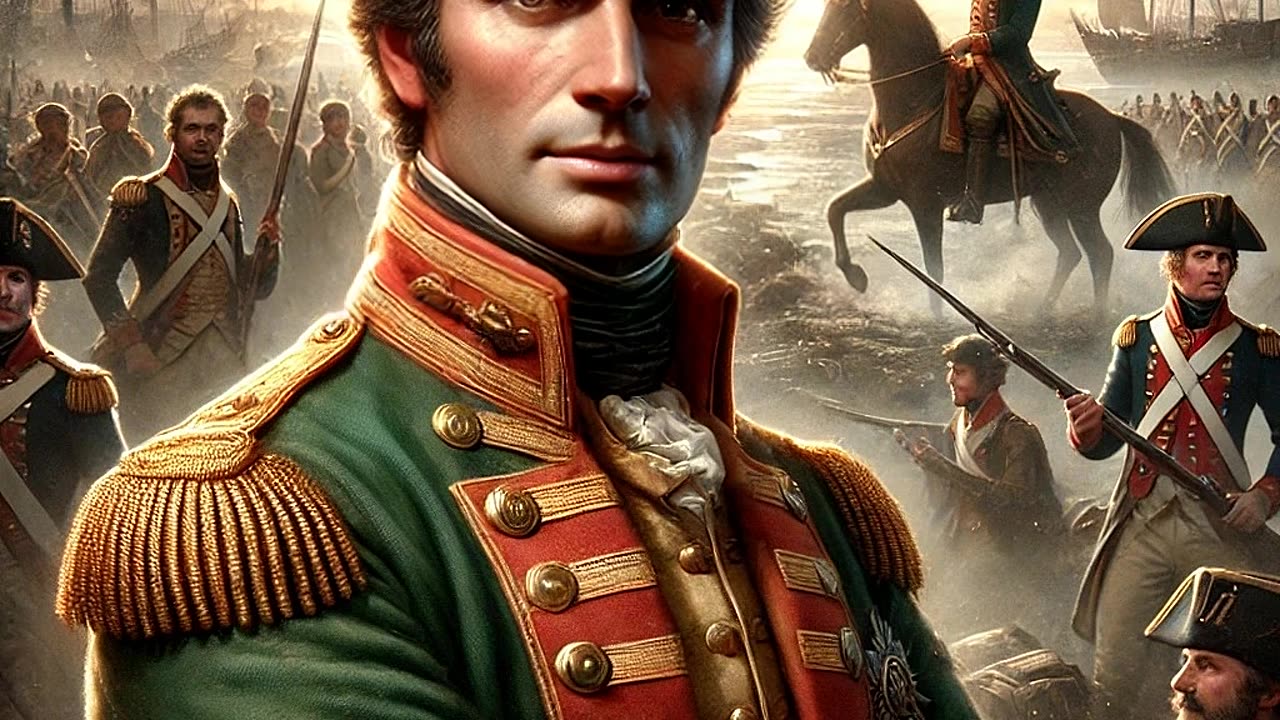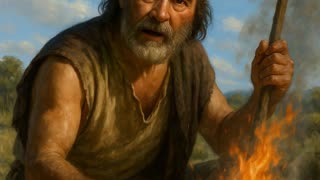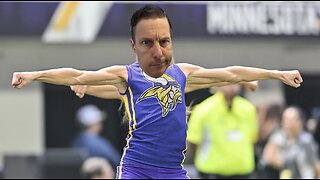Premium Only Content

Lieutenant Colonel Banastre Tarleton Tells of his No Mercy Tactics in the Revolution
Presented to you by: http://www.HistoricalConquest.com
Read more on our blog at: https://www.historicalconquest.com/blog
I’m Lieutenant Colonel Banastre Tarleton, and I’m often remembered for my role during the American Revolutionary War, though my life stretched far beyond those battles. Born in 1754, in Liverpool, England, I was the third son in a family of merchants. My early days were spent like many other young men of my status, attending school, and later, I went on to study at Oxford. I seemed destined for a career in law, but fate had other plans. At 19, I inherited a substantial fortune, but I lost nearly all of it in a series of reckless gambling bets. With little to lose and everything to gain, I chose to pursue a military career.
When the American colonies rebelled, I saw my chance to make a name for myself. I joined the British Army and quickly became known for my daring cavalry tactics. My style of warfare was bold and aggressive—some would say ruthless. I led a unit known as the British Legion, a mixed force of cavalry and infantry, and we often clashed with American forces in the southern colonies. It was a brutal conflict, and we all did what we thought necessary to win. I became a feared figure among the Patriots, especially after the Battle of Waxhaws, where my Legion was accused of showing no quarter to surrendering American troops. Some called it "Tarleton's Quarter"—a phrase that came to mean no mercy. I’ll admit, I earned a fierce reputation, though I saw it as simply doing my duty to His Majesty.
After the war, I returned to England, where I pursued a different kind of battle: politics. I was elected to Parliament and represented Liverpool for over 20 years. I remained a staunch supporter of the monarchy and often defended the conduct of the British military during the war. But my life wasn’t all about politics and war; there was also love.
In 1798, I met and fell in love with Mary Robinson, the famous actress and poet known as "Perdita." Our relationship was passionate and tumultuous, and she became an inspiration to me in many ways. But it wasn’t to last. Eventually, I married Susan Priscilla Bertie, the daughter of the 4th Duke of Ancaster. Susan was my companion for the rest of my days. We settled into a quieter life after my active service ended, and I took up the title of Governor of Berwick and Holy Island.
Reflecting on my life, I know I’ve often been cast as the villain in tales of the American Revolution. I was the symbol of British aggression, and my name stirred fear and hatred in the hearts of the American Patriots. But, I fought as I was trained to fight, and I believed deeply in the cause I served. My relationship with Susan brought a measure of peace to my later years—a contrast to the chaos and bloodshed that marked my youth. So, when you think of me, perhaps you’ll see more than the caricature of a villain on horseback. I was a soldier, a politician, a husband, and a man shaped by the tumultuous times in which I lived.
Visit us at: https://www.historicalconquest.com/marketplace
#historicalconquest #history #historical #ancientamerica #ageofexploration #france #french #iroquois #native #nativeamerican #nativeamericanhistory #british #england #religiouspersecution #expansion #truehistory #settlers #settlement #spain #france #French #Frenchhistory #frenchcolonial #frenchheritage #colonizers #colonizer #FrenchandIndianWar #RevolutionaryWar #AmericanRevolution
-
 0:59
0:59
The Historical Conquest Channel
4 days agoNilo, the First Stewart, Tells About How Precious Fire Was to those Back in Very Ancient Times
5 -
 LIVE
LIVE
Barry Cunningham
6 hours agoBREAKING NEWS: PRESIDENT TRUMP SET TO TAKEOVER CHICAGO AND BOSTON!
1,770 watching -
 LIVE
LIVE
SpartakusLIVE
1 hour agoThe BADDEST Duo in WZ Exhibits PEAK Physique || Duos w/ Sophiesnazz to start, quads later
653 watching -
 LIVE
LIVE
LumpyPotatoX2
1 hour agoSunday Funday on HellDivers - #RumbleGaming
93 watching -
 3:11:52
3:11:52
Esports Awards
4 hours agoEsports Awards: Decade Awards 2025
41.2K3 -
 1:02:58
1:02:58
Sarah Westall
2 hours agoMILITARY WHISTLEBLOWER: How Social Media Military Level Psyops are Manipulating You w/ Patrick Bergy
6.03K3 -
 30:41
30:41
Stephen Gardner
1 hour ago🔥WHITE HOUSE GETS UNEXPECTED BIG WIN!
10.4K10 -
 9:39
9:39
MattMorseTV
3 hours ago $0.31 earnedVance just DROPPED a BOMBSHELL.
10.4K40 -
 2:40:14
2:40:14
DooM49
3 hours agoThe Grind for Battlefield 6 Skins - A-10 Unlocked
672 -
 1:47:49
1:47:49
Jeff Ahern
4 hours ago $0.31 earnedThe Sunday Show!
120K4